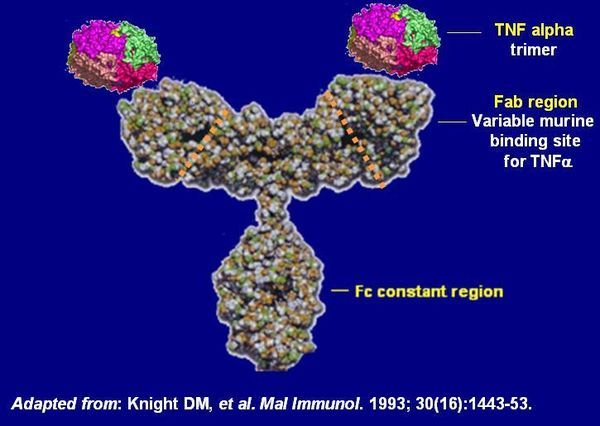Jan 22, 2017
Scientists Have Made a New Kind of Invisibility Cloak
Posted by Shane Hinshaw in category: materials
In Brief
- “Cloaking” or invisibility technology is a kind of scientific Holy Grail; but actually concealing objects in direct light is notoriously difficult.
- A team of researchers has now found a way to achieve potential perfect invisibility by bending light—but only in “diffusive” atmospheres.
Concealing objects in direct light is already a difficult feat. While there is ongoing research into invisibility cloaks of some form or other, researchers at the Public University of Navarre (NUP/UPNA) and the Universitat Politècnica de València (UPV) are taking a not-so-straightforward approach. In particular, they are interested in developing a cloaking mechanism that works by bending light.
The team, whose work is published in the journal Physical Review A, has worked on simulations of an invisibility technology that conceals objects in diffusive atmospheres. This kind of invisibility, based on their study, can be achieved by surrounding an object with a special material that’s capable of bending light around it.
Continue reading “Scientists Have Made a New Kind of Invisibility Cloak” »


















